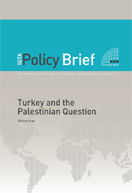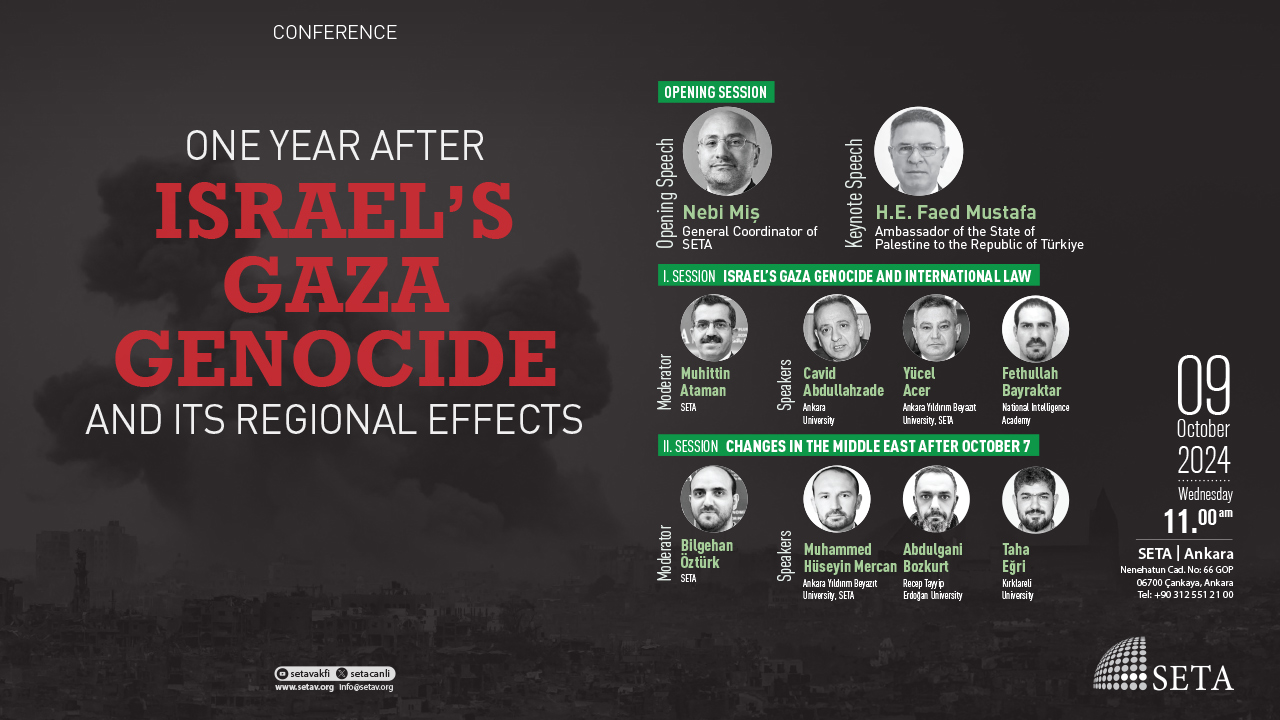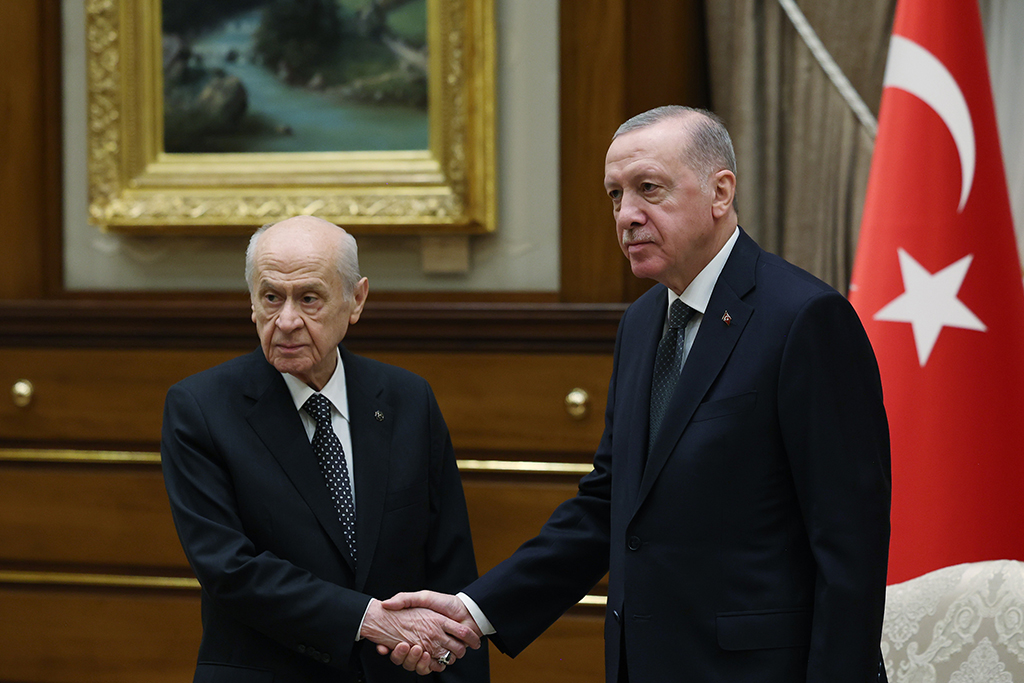Female students with headscarf are currently prevented to enter the university in Turkey although there is no legal ground for such a ban. The ongoing controversy about the type of clothing for female students at the higher education institutions has become more intensified since the recent constitutional change in February 2008 to lift the de facto headscarf ban. The debate over this question revolves around whether headscarf is a religious attire or a political symbol, whether it should be banned to protect the secular foundations of the state or conversely allowed on the basis of individual freedom of religion as a corollary of secularism. The solution lies in the implementation of constitutional amendments without a further delay.
The controversies with regard to wearing the headscarf in Turkey emerged for the first time at the end of the 1960s, as a result of an attempt to prevent a student with a headscarf from attending the university. Debates continued, off an on, through the 1970s, as attempts to demand the right to wear the headscarf were met with attempts to prevent it. One should remark that these squirmishes were very few in quantity, and were not assessed within the legal framework that has lately been brought to bear on the peculiarities of the issue.
It was only after the 12 September 1980 military coup that the headscarf ban spread out and moved onto a legal platform. The attire of students at elementary and high schools were described by way of a regulation dated 22 July 1981; it was stipulated thereby that female students’ head be uncovered. Even though a good many of the provisions of this Regulation, including a provision mentioning the length of skirts of female students are still technically in force, they are not universally practiced. A subsequent regulation dated 16 July 1982 specified the clothing and appearances of personnel working at public institutions; the rule that female civil servants’ head must be uncovered was again written. The provisions set out in this Regulation are also still in force; they regulate the clothing and appearance of male and female civil servants in a military-like fashion, and are not observed – save in the case of the headscarf ban provision. In spite of the fact that these regulations contain a lot of detailed provisions, ranging from hairstyle to the length of nails, from the model of shoes to the length of skirts, and from moustaches to the painted shoes of males, they are not observed.
It was only after the establishment of the Higher Education Board (Yüksek Öğretim Kurulu (YÖK)) that the headscarf problem was discussed at the university level. At the beginning of 1982, an attempt was made to dispute the restriction of headscarves for university students. At that time, the first attempts were made to differentiate the headscarf from the turban. In 1984, the YÖK issued a circular stating that the headscarf should be banned but that the turban, which was said to be a modern form of tying, might be freely worn. At the beginning of the 1980s, ironically, it was perceived that the “headscarf is a political symbol, whereas the turban is innocent”; at the beginnings of the 1990s, conversely, it was conceived that the “headscarf is innocent whereas the turban is a political symbol”. What seems to have influenced this kind of change in perception appears to be the ongoing difficulty of maintaining an anti-headscarf policy, when the headscarf continues to be worn by the majority of women living in Turkey who feel sympathy for it, versus the ease of denigrating a foreign word like turban.
In the second half of the 1980s, even though the headscarf, strictly speaking, was not banned at the universities, it became a troublesome piece of clothing within the terms of some decisions and regulations. Nevertheless, one should stress that students wearing the headscarf did in fact attend universities in the 1980s; no ban practice taking their right to education from their hands came t








